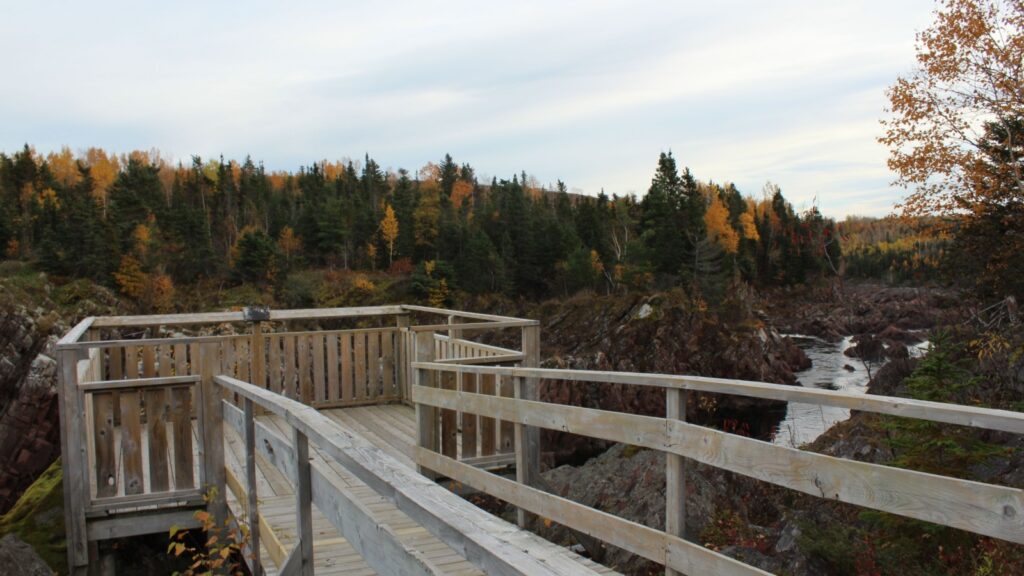While headlines often focus on Canada’s most expensive cities, there are still plenty of real estate markets across the country where buyers can find excellent value without sacrificing lifestyle. From up-and-coming urban hubs to charming small towns, these locations offer a mix of affordability, growth potential, and livability that’s hard to beat. Here are 22 real estate markets in Canada that still offer huge value:
Cold Lake, Alberta

Cold Lake combines small-town warmth with outdoor adventure and economic opportunity. Known for its massive freshwater lake, ideal for boating, fishing, and water sports, it also benefits from its role as a hub for nearby oil and gas operations and CFB Cold Lake, bringing stable employment. Housing remains far more affordable than in major Alberta cities, with modern builds and spacious lots available at accessible prices. The community’s amenities, from schools to shopping, ensure convenience without big-city costs.
Truro, Nova Scotia
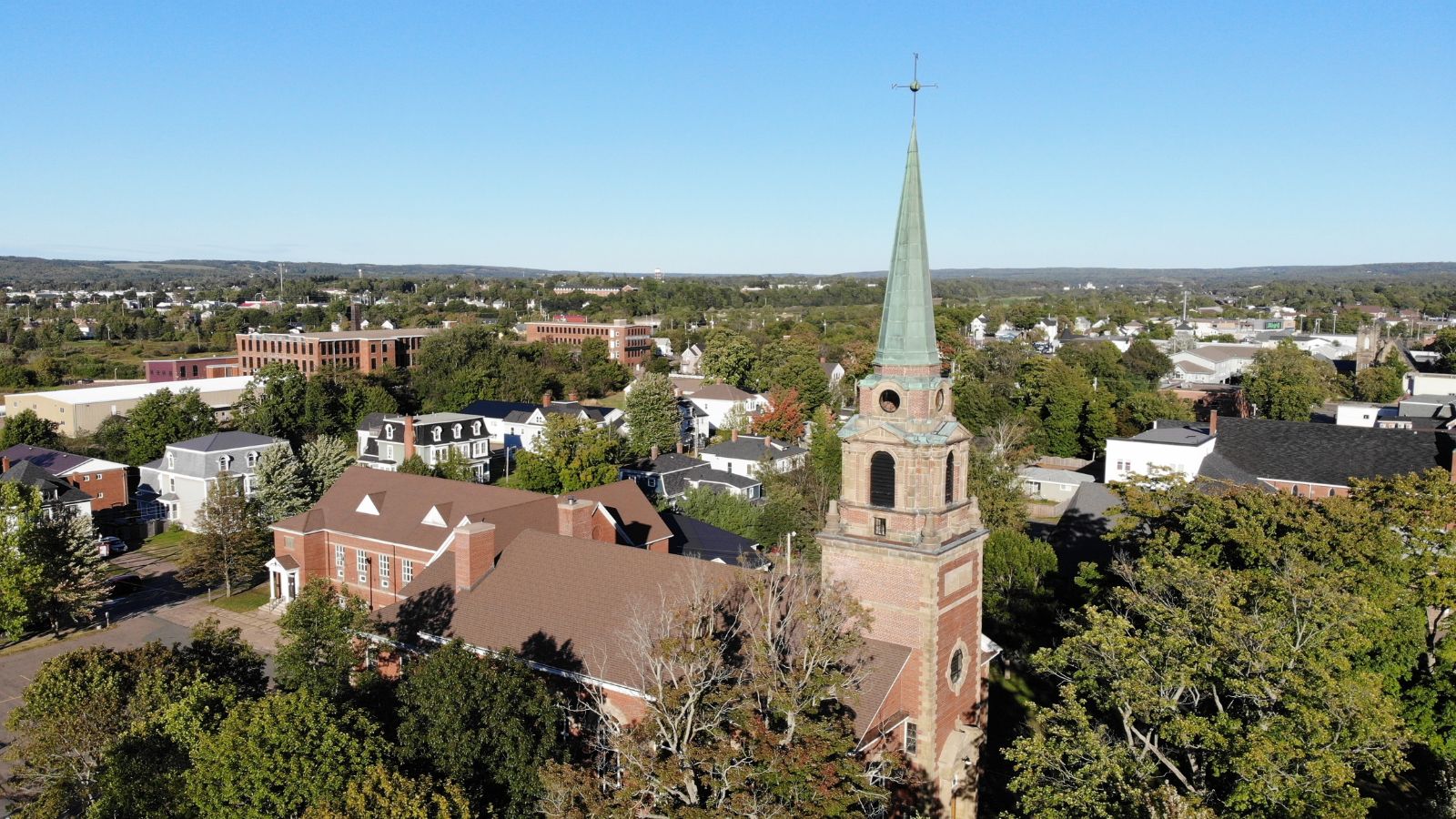
Known as the “Hub of Nova Scotia” for its central location, Truro offers incredible value in real estate alongside excellent connectivity. Homes here are priced well below those in Halifax yet remain within an hour’s drive of the provincial capital. The town has invested in trails, parks, and a revitalized downtown filled with boutiques and cafés, and its strong community spirit, proximity to the Bay of Fundy, and access to key highways make it ideal for families, retirees, and remote professionals alike.
Campbell River, British Columbia

Often called the “Salmon Capital of the World”, Campbell River offers west coast beauty at a fraction of Vancouver’s housing prices. This Vancouver Island community boasts stunning ocean views, access to outdoor adventures, and a growing economy driven by tourism, aquaculture, and clean energy. Housing options range from cozy condos to waterfront properties that would be unattainable in mainland markets. With its mild climate, friendly atmosphere, and year-round recreation, Campbell River is becoming a sought-after retirement and relocation spot.
Grand Falls-Windsor, Newfoundland and Labrador
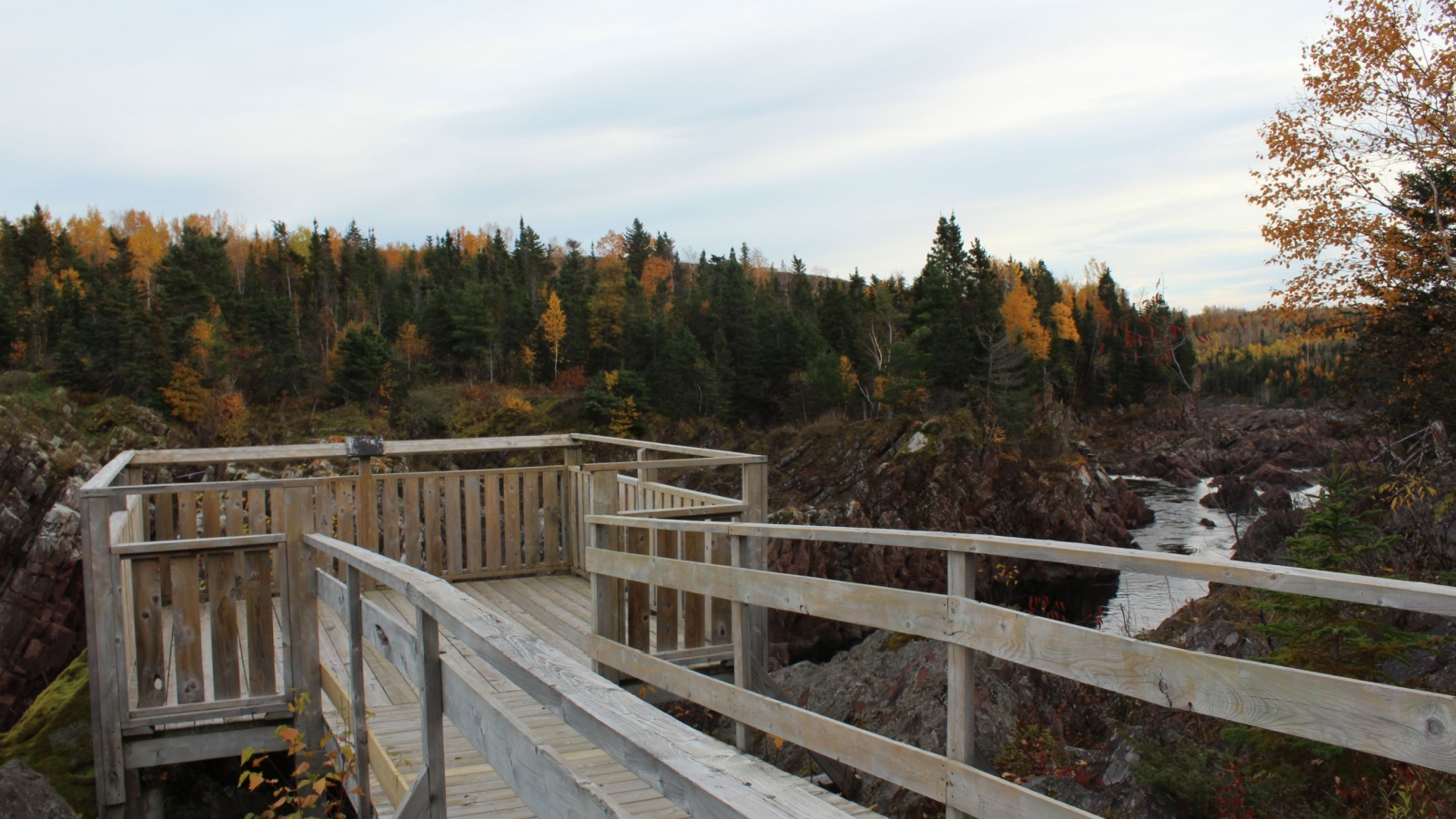
Grand Falls-Windsor is a prime example of how smaller towns can deliver big value for homebuyers. Nestled in central Newfoundland, it boasts a thriving arts scene, abundant outdoor activities, and a supportive community, all at housing prices that remain well below the national average. Many properties offer large lots, mature trees, and access to nearby hiking trails and salmon fishing spots. With continued investment in local infrastructure and services, it’s attracting both retirees and young families looking to balance affordability with a high quality of life in one of Canada’s most scenic provinces.
Charlottetown, Prince Edward Island
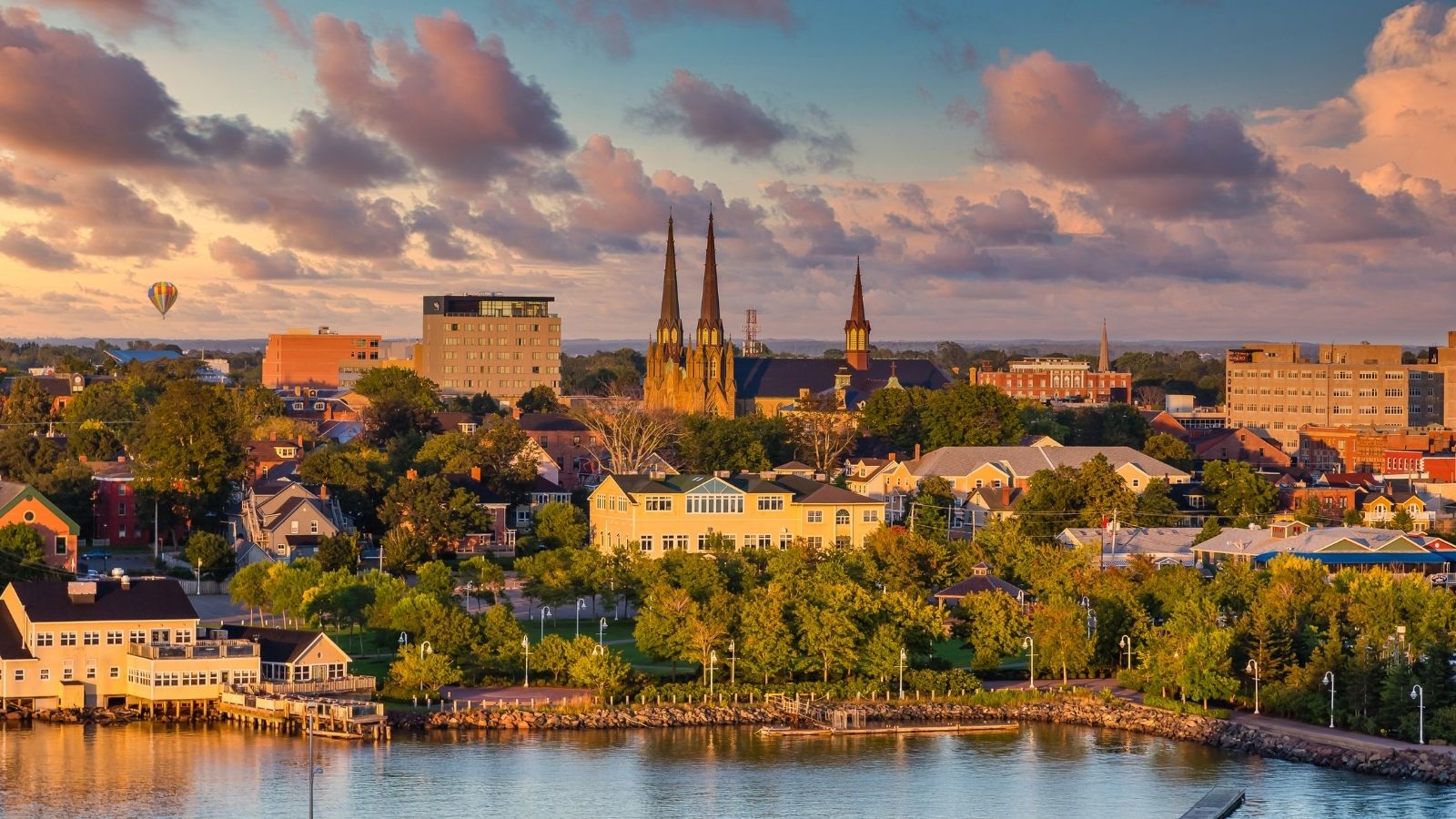
Charlottetown blends historic charm with a surprisingly strong economic foundation for a small city. Its housing market remains accessible, with prices that offer room for growth as demand from retirees, remote workers, and seasonal residents increases. The city’s cultural life, waterfront access, and proximity to stunning beaches add to its appeal, while tourism drives seasonal income opportunities, and healthcare, education, and government services keep employment stable. For buyers seeking a coastal community with character and affordability, Charlottetown presents both lifestyle and investment advantages in one appealing package.
Saskatoon, Saskatchewan

Saskatoon remains one of Canada’s most appealing mid-sized markets for buyers seeking value without sacrificing quality of life. The city’s average home prices are far below the national average, yet residents enjoy a thriving arts scene, vibrant riverfront, and excellent dining. Economic stability is fueled by agriculture, mining, and technology, creating a balanced job market, and the University of Saskatchewan adds youthful energy and steady rental demand. With ongoing infrastructure improvements and planned riverbank developments, Saskatoon is poised for long-term growth.
Saint John, New Brunswick

Saint John combines maritime charm with some of the lowest real estate prices in Canada’s urban markets. Known for its historic architecture, working port, and coastal lifestyle, the city offers ocean views and heritage homes at a fraction of the cost in larger centers. Recent investments in its uptown core have sparked a small but steady influx of young professionals and entrepreneurs. With affordable entry prices, strong rental yields, and a growing tourism sector, Saint John offers buyers an opportunity to enjoy seaside living.
Winnipeg, Manitoba
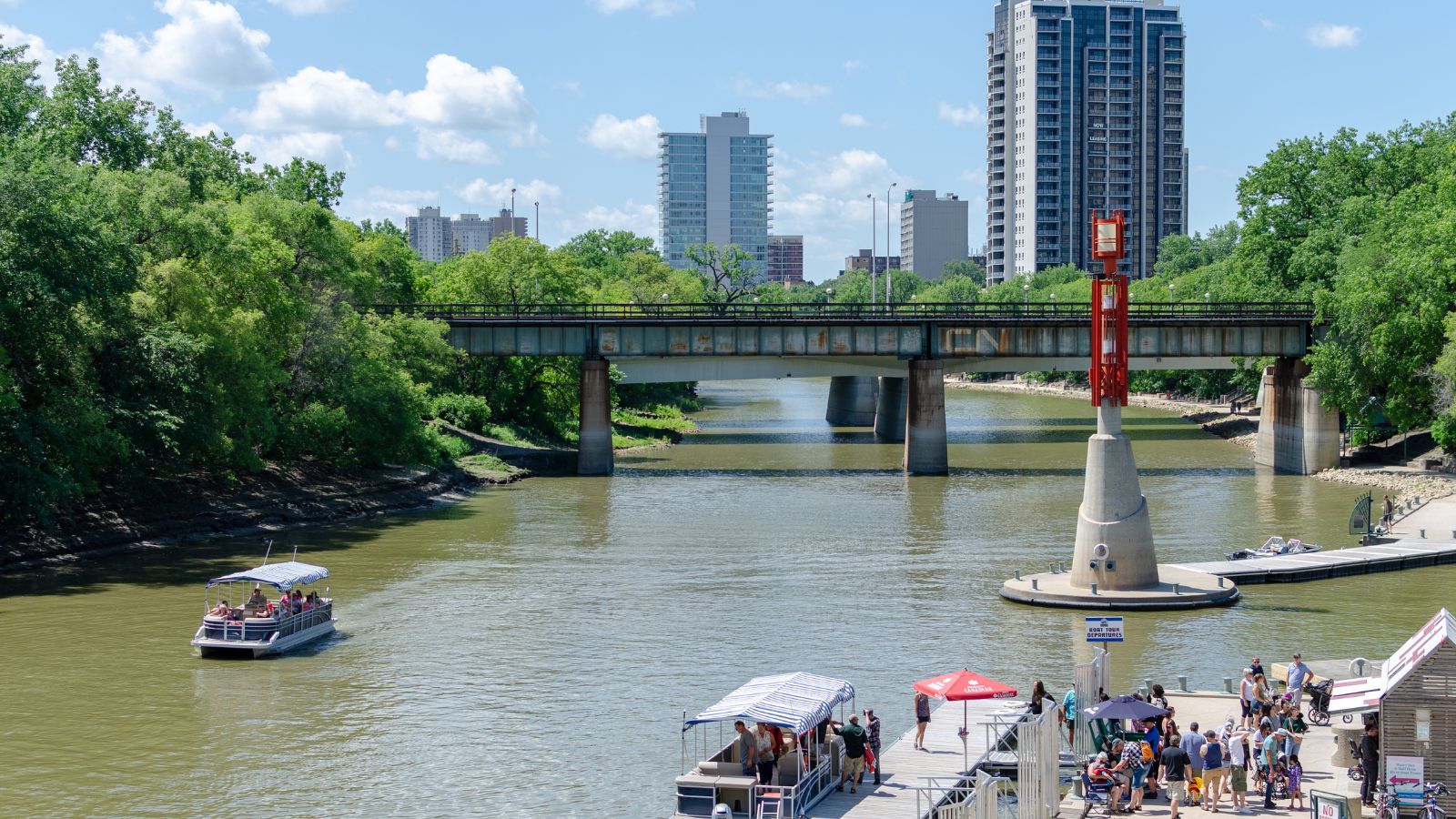
Winnipeg stands out for its resilient real estate market, even during national downturns. The city’s median home prices remain far below Canada’s major hubs, yet it offers strong economic fundamentals driven by manufacturing, transportation, and education. Neighborhoods like Osborne Village and St. Boniface offer a unique blend of character and solid appreciation potential. Winnipeg’s relatively low property taxes and cost of living make it appealing for retirees, first-time buyers, and investors alike.
Halifax, Nova Scotia
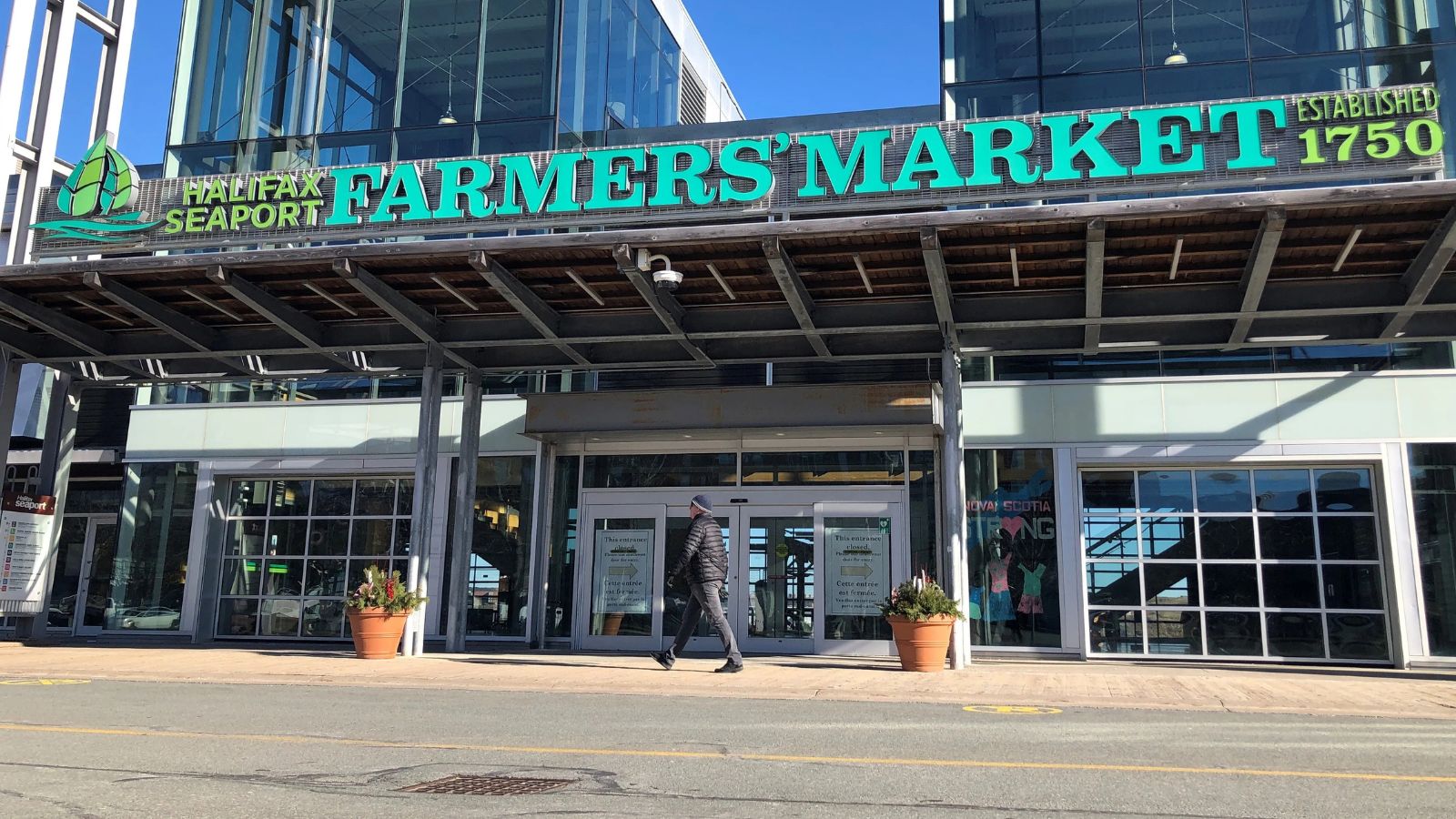
Halifax has emerged as one of Atlantic Canada’s most dynamic property markets while still offering value compared to major urban centers. Its growing tech sector, thriving port, and strong post-secondary institutions have fueled steady demand. Coastal neighborhoods offer a mix of historic homes and modern condos, often at prices far below Toronto or Vancouver. Additionally, Halifax’s quality healthcare, walkable neighborhoods, and vibrant cultural life make it particularly attractive for retirees. While prices have risen in recent years, they remain accessible relative to the city’s economic momentum, making now a strategic time to buy before the market’s next growth phase.
Moncton, New Brunswick
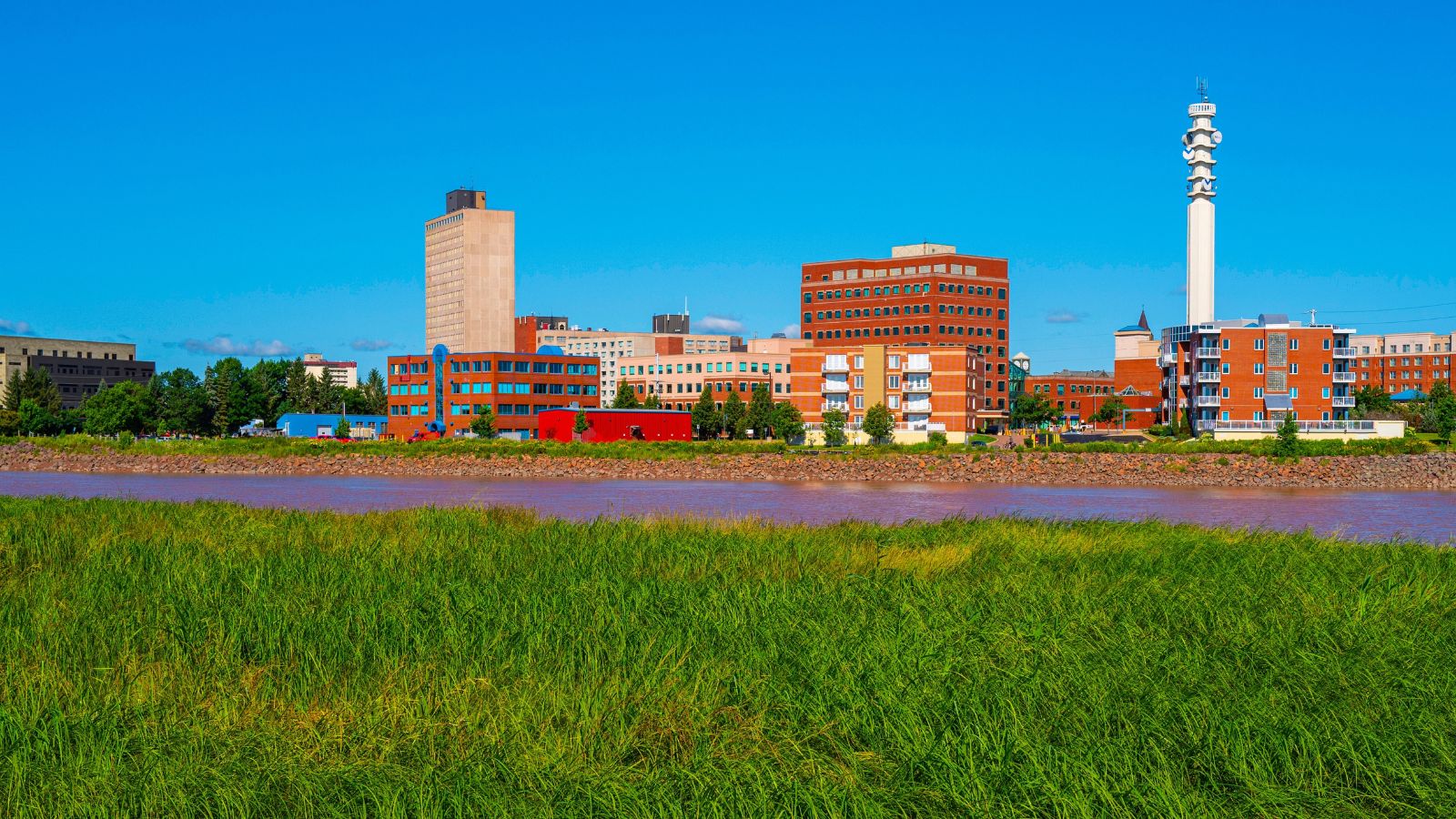
Moncton is rapidly gaining recognition as one of Canada’s most affordable and fastest-growing cities. The combination of low home prices, a strong job market, and a bilingual workforce has drawn newcomers from across the country. Its strategic location as a regional transportation hub fuels economic stability, while new developments are revitalizing the downtown core. Moncton also boasts low property taxes and a high quality of life with easy access to beaches, parks, and nature trails.
Trois-Rivières, Quebec

Trois-Rivières offers a unique blend of history, culture, and affordability. Situated between Montreal and Quebec City, it’s an ideal location for those seeking small-city living with access to larger urban centers. The real estate market here is marked by low average home prices and steady demand, particularly from retirees and young families. With a growing arts scene, revitalized waterfront, and investments in green infrastructure, the city is positioning itself for sustainable growth. Low carrying costs and attractive rental returns also make Trois-Rivières a smart play for those who value stability over speculative spikes in property prices.
Sherbrooke, Quebec
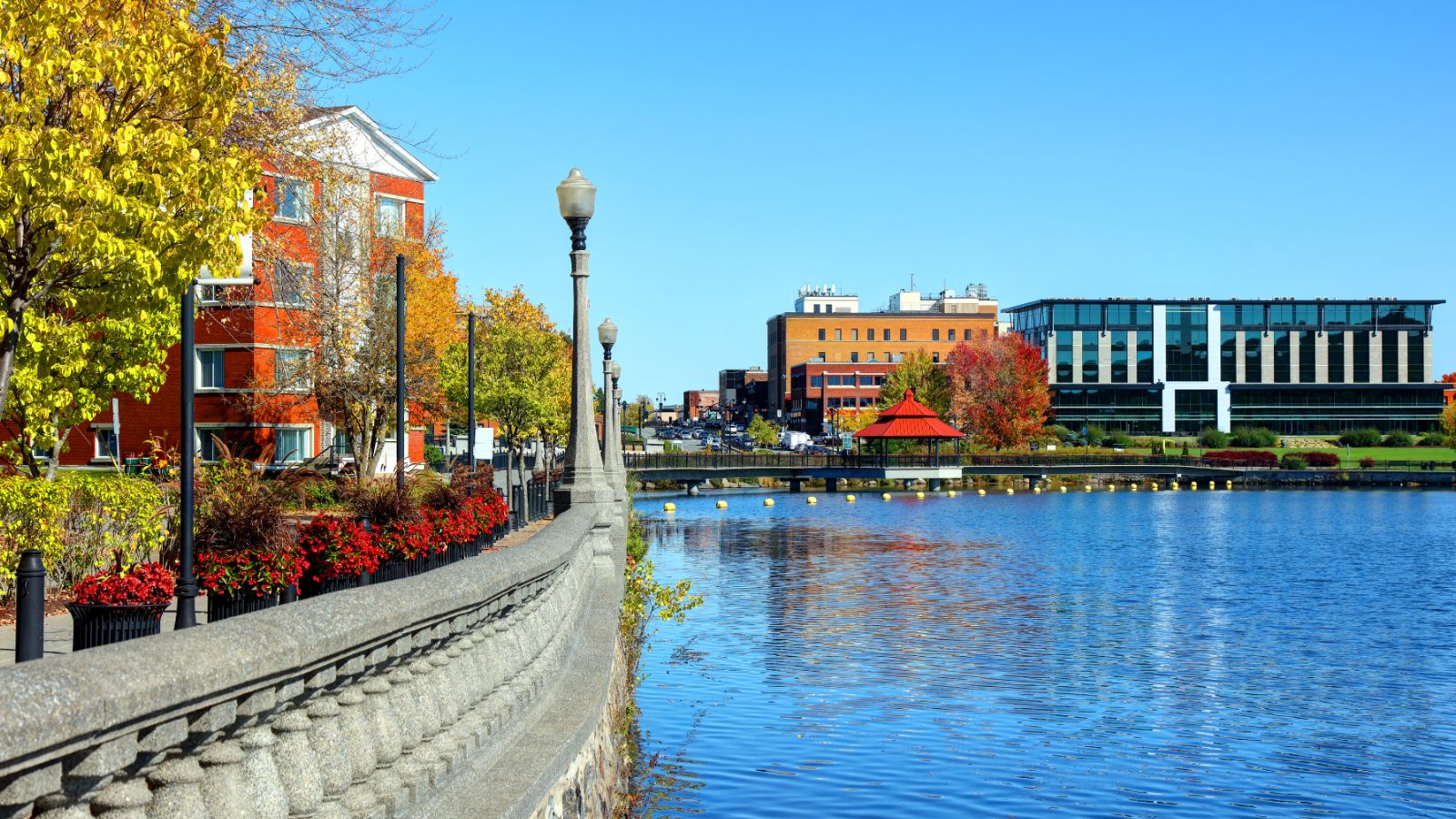
Sherbrooke’s real estate market offers significant value thanks to its low prices and strong community amenities. As a university city, it benefits from steady rental demand and a vibrant cultural scene. The surrounding Eastern Townships add lifestyle appeal with vineyards, ski hills, and lakes all within easy reach. Sherbrooke’s diversified economy and relatively low cost of living create a balanced housing market that’s resistant to volatility. Buyers can still find spacious family homes or income properties at prices that would be unimaginable in most major cities.
Fredericton, New Brunswick
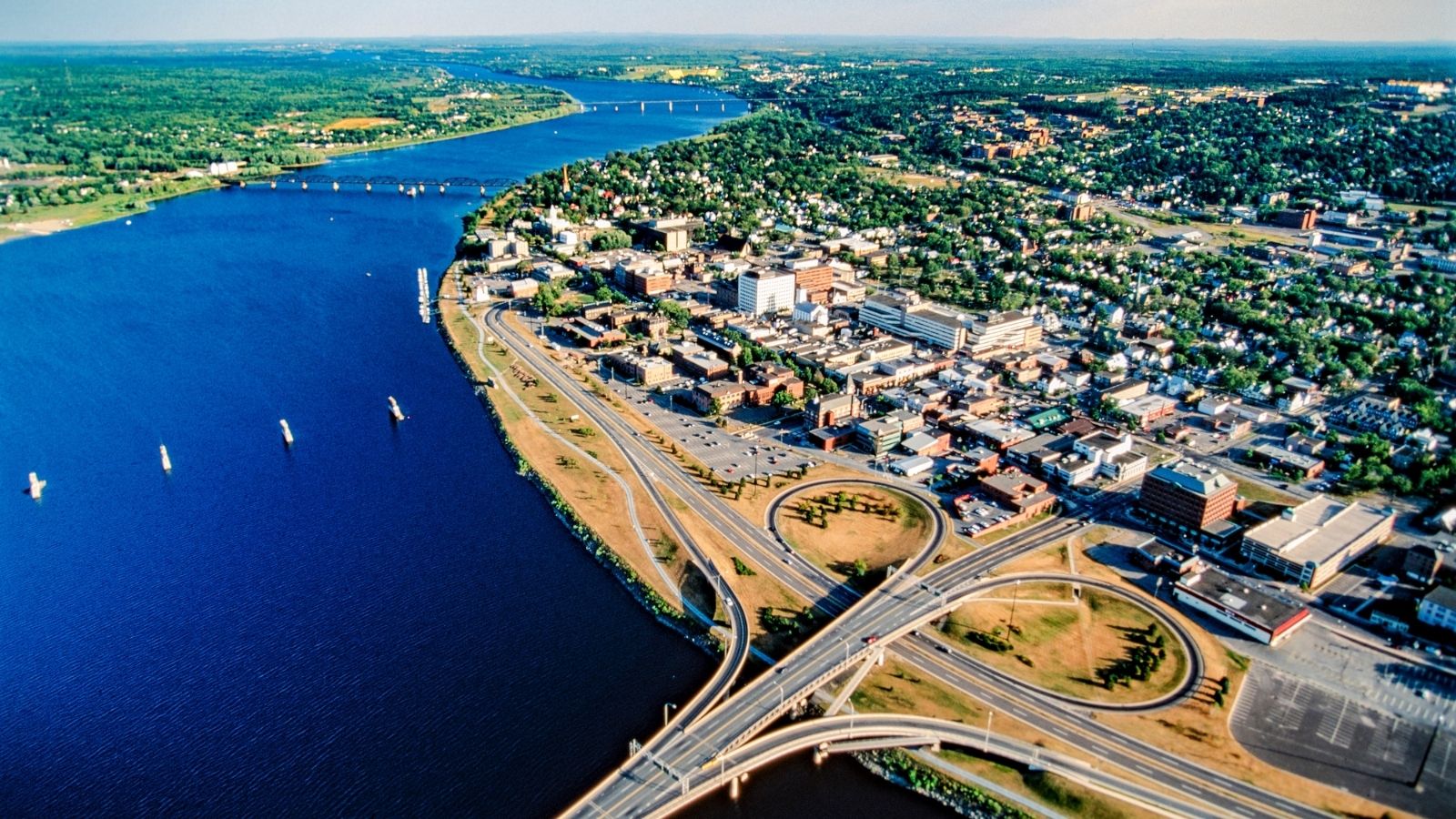
Fredericton combines the charm of a historic capital city with the affordability of a smaller market. Known for its strong public sector employment, thriving tech startups, and two universities, Fredericton has a stable economic foundation. Real estate remains surprisingly affordable, especially for properties near the scenic Saint John River, while the city’s emphasis on sustainability, bike lanes, and green spaces adds to its livability. Investors benefit from low vacancy rates and consistent rental demand, and buyers enjoy the opportunity to secure homes in a growing market.
Regina, Saskatchewan

Regina offers one of the most affordable housing markets among Canadian provincial capitals. With a diversified economy anchored by agriculture, energy, and manufacturing, the city has maintained stable employment levels and steady real estate demand. Neighborhoods like Cathedral Area combine heritage charm with modern conveniences, while newer developments cater to young families. Low property taxes and reasonable utility costs make Regina an attractive option for budget-conscious buyers.
Brandon, Manitoba
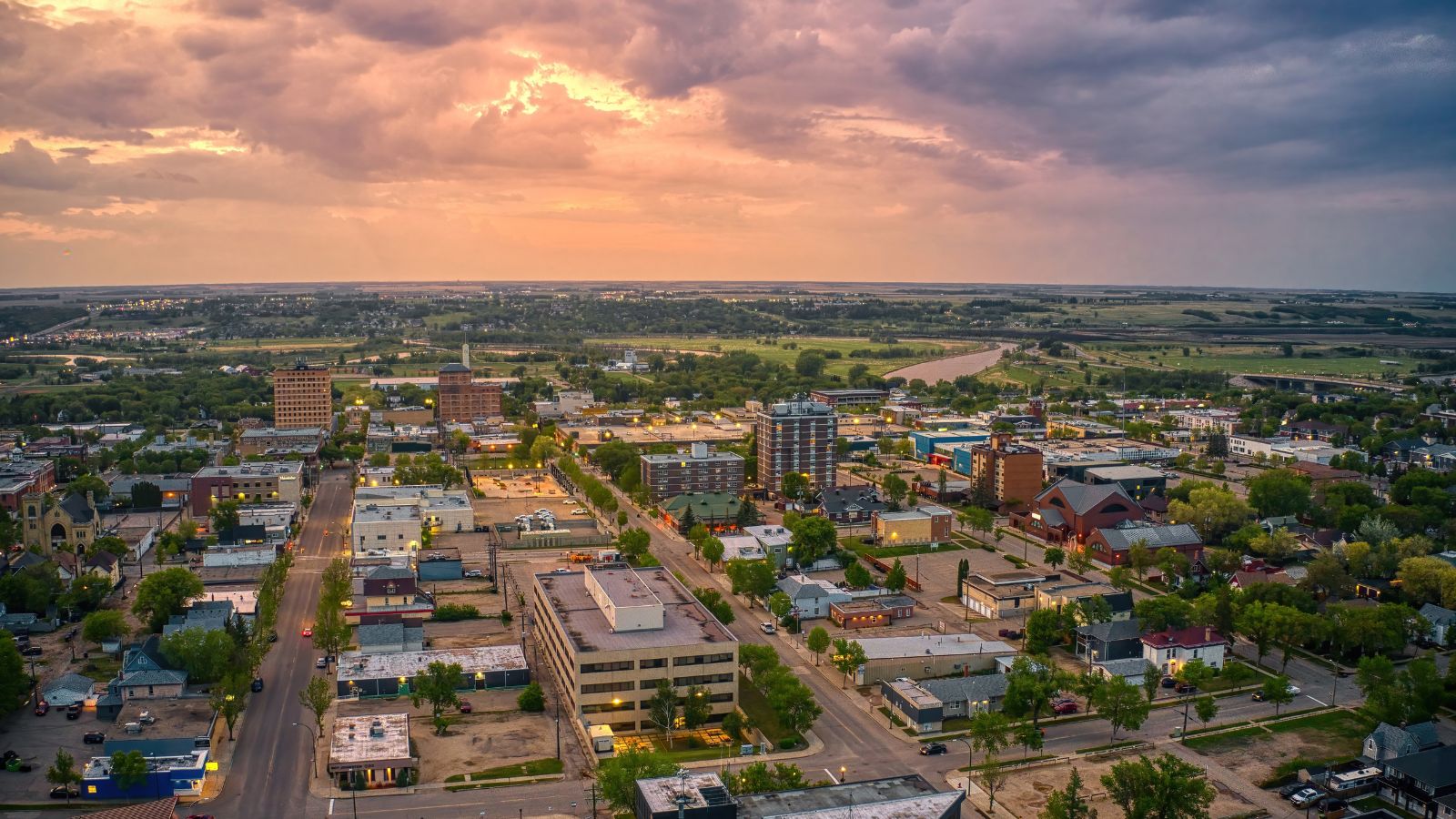
Brandon, Manitoba’s second-largest city, provides an appealing balance of affordability and economic opportunity. Home prices remain accessible, yet the city benefits from a strong agricultural base and growing healthcare and education sectors. The presence of Brandon University and Assiniboine Community College ensures steady rental demand, particularly for student housing. With infrastructure investments and proximity to major highways, Brandon is well-positioned for gradual appreciation. It’s an ideal market for first-time buyers or investors seeking stable returns without volatility.
Lethbridge, Alberta

Lethbridge offers a warm climate, affordable homes, and a strong community feel. Its economy is driven by agriculture, healthcare, and education, providing a stable employment base. The University of Lethbridge ensures a steady flow of renters, while the city’s proximity to both the Rocky Mountains and the U.S. border adds lifestyle and economic advantages. Home prices remain reasonable, and the cost of living is lower than in Alberta’s larger cities. Lethbridge also benefits from relatively low property taxes.
Prince George, British Columbia

While B.C. is often associated with sky-high real estate prices, Prince George is a notable exception. This northern city offers affordable housing alongside a growing economy supported by forestry, mining, and education. Its strategic location as a transportation hub adds long-term value potential, and buyers can still find large family homes or investment properties at prices unheard of in the Lower Mainland. The city’s ongoing downtown revitalization, combined with easy access to outdoor recreation, also makes Prince George a compelling choice for those seeking West Coast living without the West Coast price tag.
Kamloops, British Columbia

Kamloops strikes a rare balance between affordability and desirable lifestyle amenities in B.C. Known for its sunny climate, access to ski resorts, and abundant hiking trails, it’s a magnet for retirees and outdoor enthusiasts. The local economy is stable, with healthcare, education, and tourism driving demand, and while prices have risen in recent years, they remain significantly lower than in Vancouver or Kelowna. Kamloops also benefits from a growing student population, thanks to Thompson Rivers University, providing strong rental opportunities for investors.
Thunder Bay, Ontario
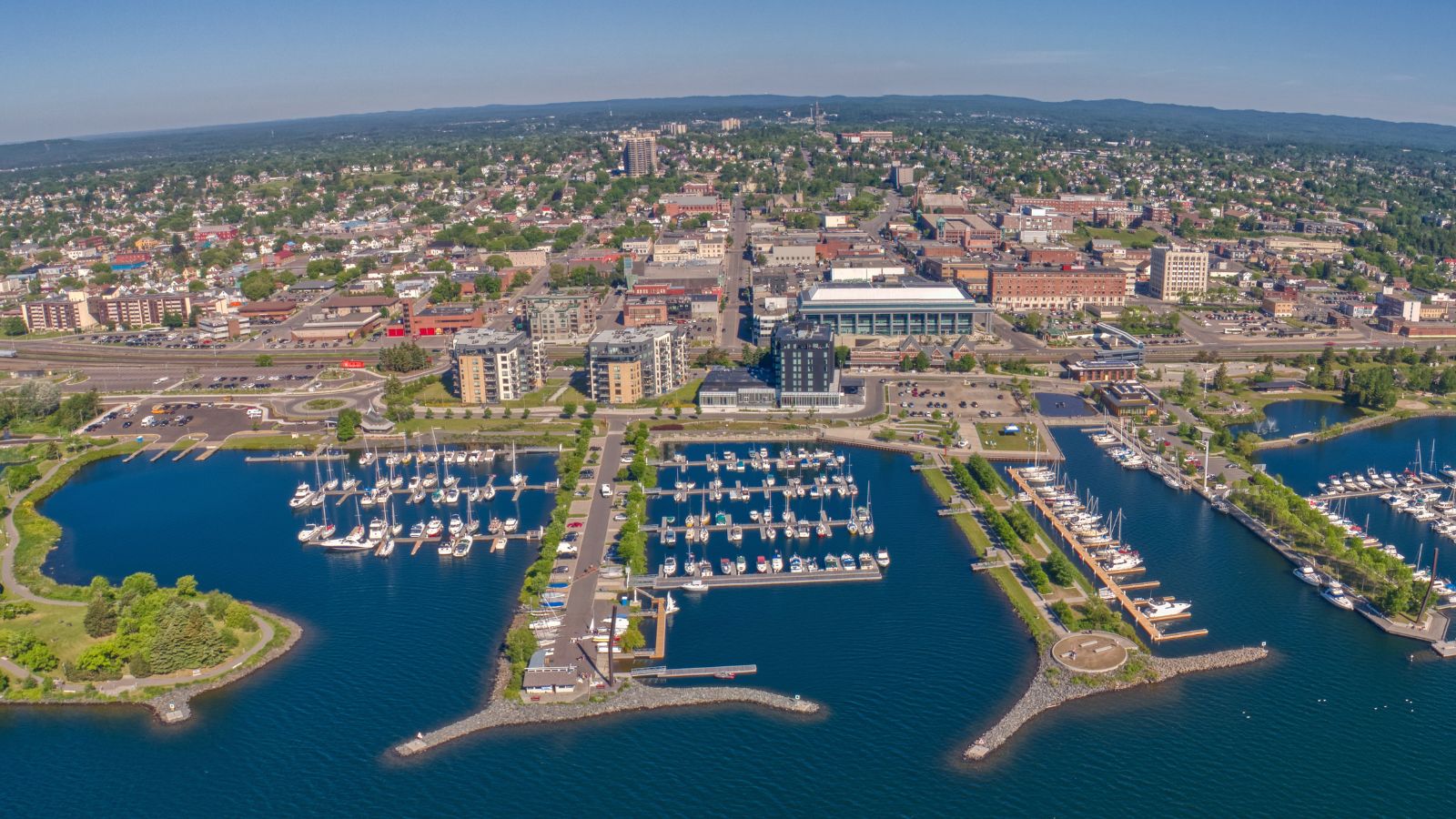
Thunder Bay offers an affordable entry point into Ontario’s housing market, far removed from the inflated prices of Toronto and Ottawa. The city’s economy is supported by healthcare, education, and transportation, while recent downtown redevelopment has added cultural and lifestyle appeal. Its location on Lake Superior provides stunning scenery and outdoor opportunities year-round. Home prices are among the lowest in the province, and rental yields are solid, especially for student housing near Lakehead University.
Sudbury, Ontario

Sudbury remains an undervalued market in Ontario, offering affordable homes alongside a stable economy anchored by mining, healthcare, and education. The city has made significant investments in green spaces, trails, and public infrastructure, improving overall livability. Its numerous lakes and surrounding wilderness add lifestyle appeal, while Laurentian University helps sustain rental demand. Homebuyers can find spacious properties at prices far below southern Ontario’s averages, making Sudbury a strategic choice for those seeking both value and quality of life.
Cornwall, Ontario
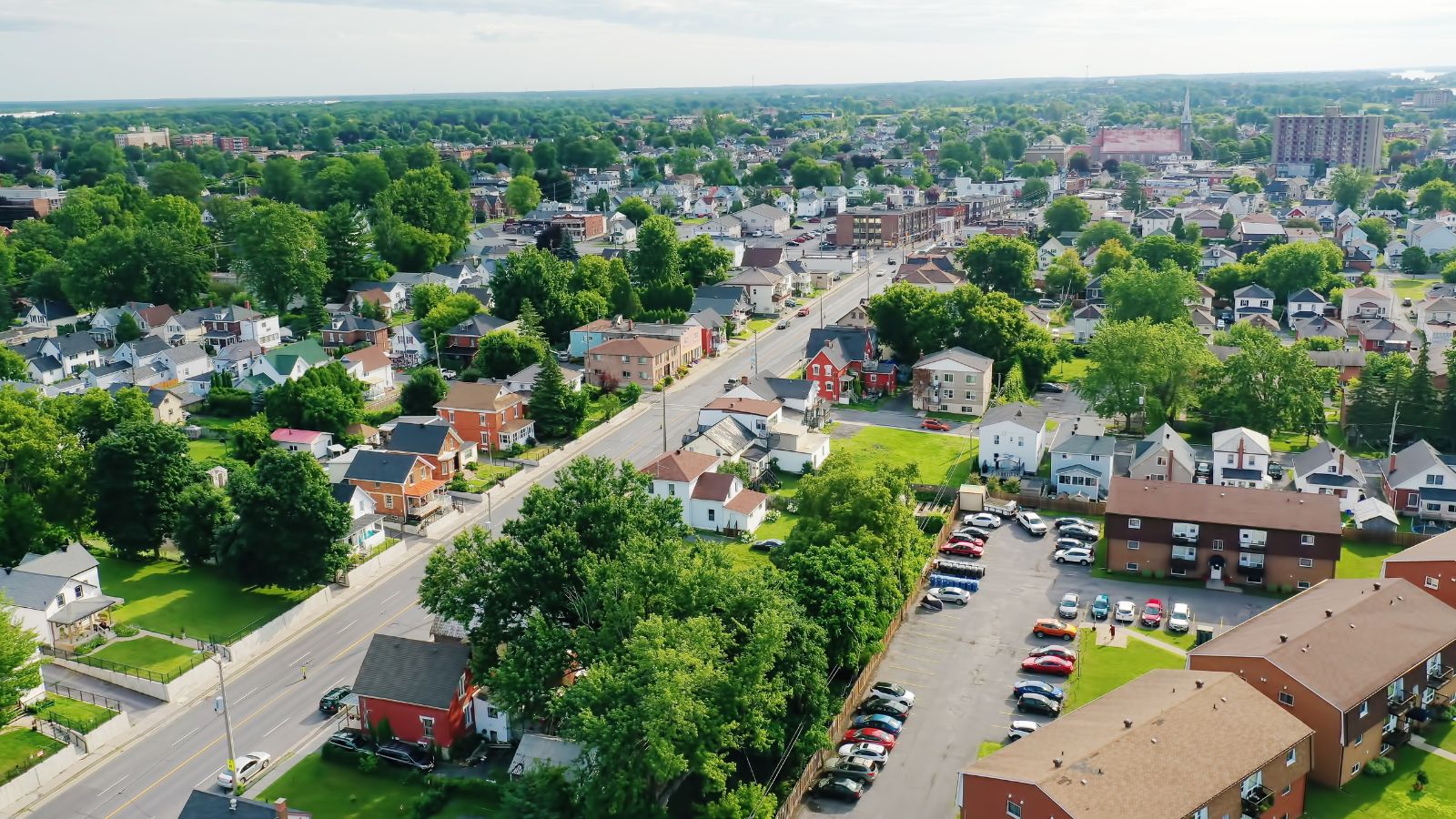
Cornwall is one of Ontario’s best-kept secrets for affordable real estate. Located on the St. Lawrence River near the Quebec border, it offers a small-town feel with easy access to Montreal and Ottawa. The city has been quietly revitalizing its downtown and waterfront, attracting new businesses and residents. At the same time, the low home prices, reasonable taxes, and a growing economy make it attractive to both first-time buyers and retirees. With industrial expansion and improved transportation links, Cornwall’s property market has strong growth potential without the speculative risk found in overheated urban centers.
Bathurst, New Brunswick
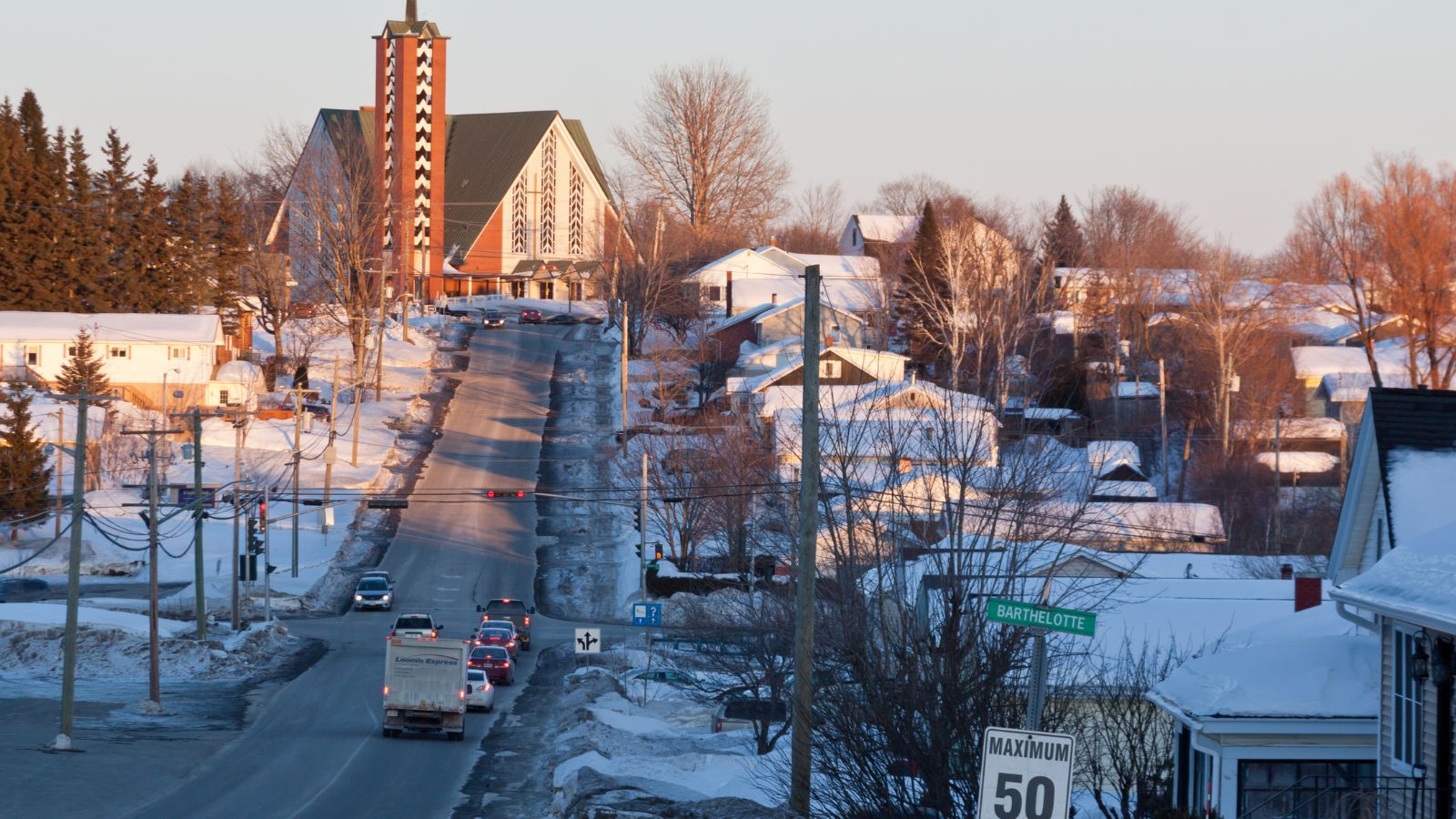
Bathurst offers some of the lowest home prices in Canada alongside an enviable coastal lifestyle. Nestled on Chaleur Bay, it’s a haven for outdoor enthusiasts, with beaches, trails, and fishing right at your doorstep. The local economy, supported by mining, forestry, and tourism, provides stability despite the town’s small size, and Bathurst has been investing in community infrastructure and waterfront revitalization, which is slowly drawing in new residents and businesses. For buyers seeking an affordable entry point into waterfront living, it’s one of the last frontiers where you can still secure property without breaking the bank.
21 Products Canadians Should Stockpile Before Tariffs Hit

If trade tensions escalate between Canada and the U.S., everyday essentials can suddenly disappear or skyrocket in price. Products like pantry basics and tech must-haves that depend on are deeply tied to cross-border supply chains and are likely to face various kinds of disruptions
21 Products Canadians Should Stockpile Before Tariffs Hit
